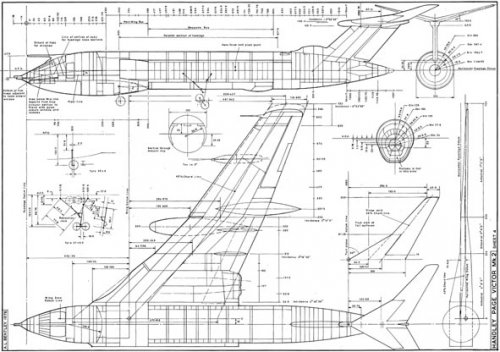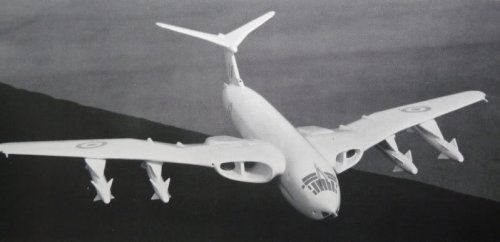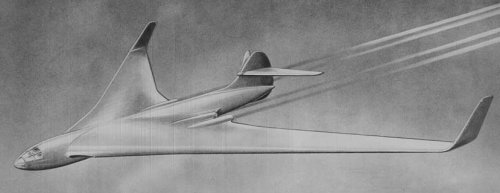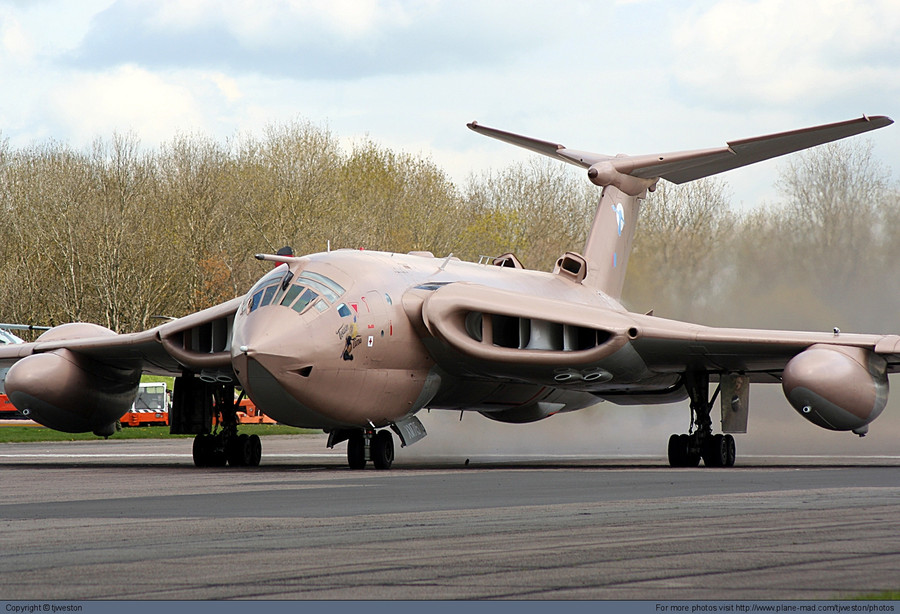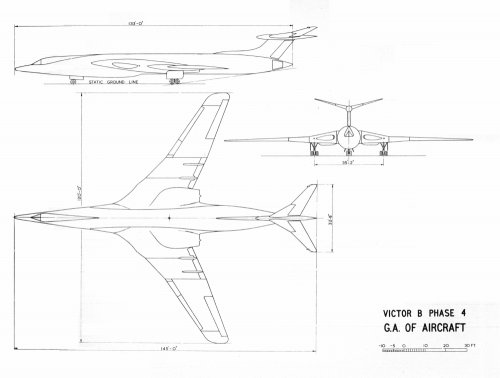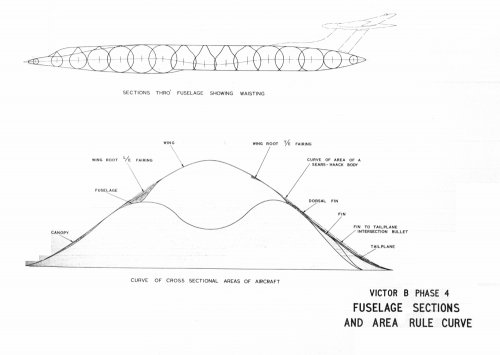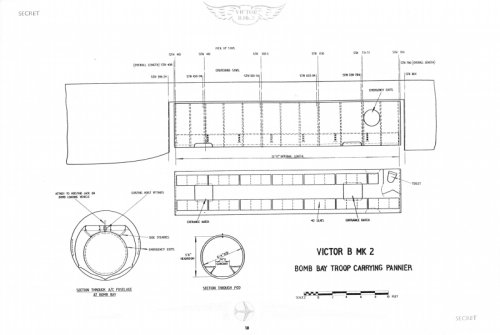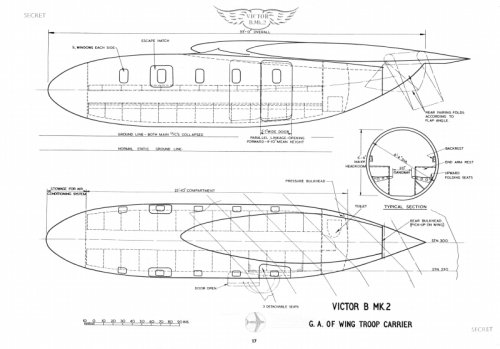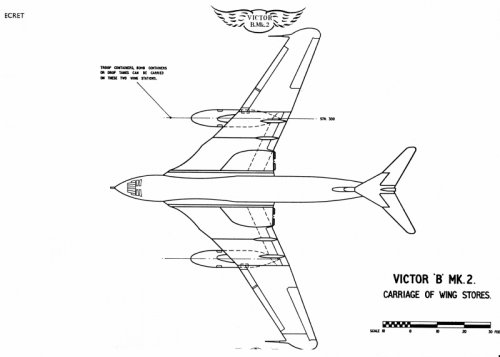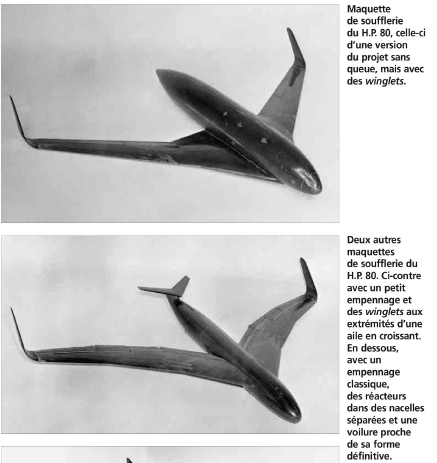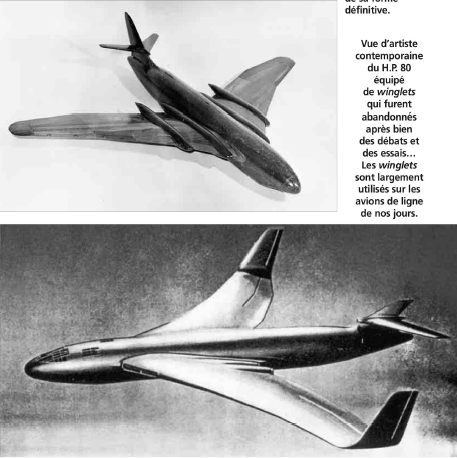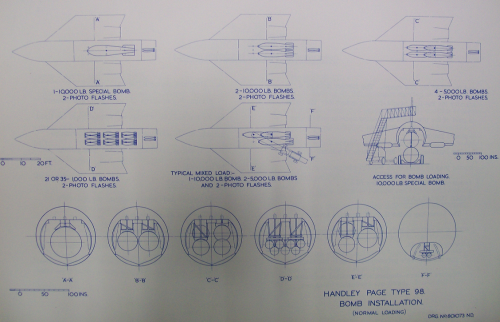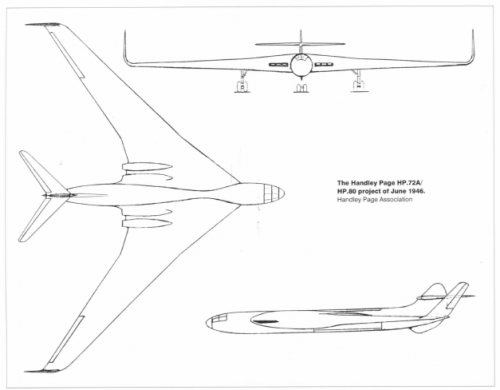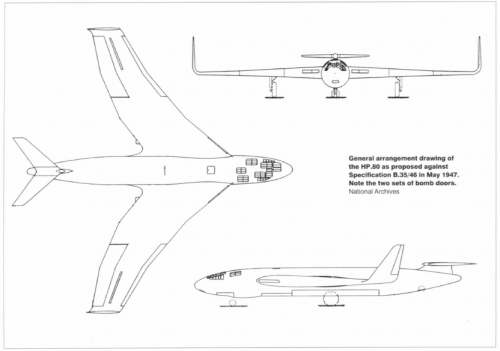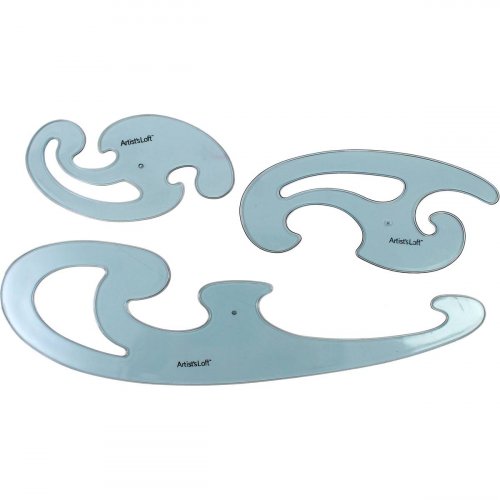I have never seen any references to the Victor Phase 5.
I have no doubt that there must have been one, it probably just hasn't been found yet or perhaps wasn't fully completed.
Both the Vulcan and Victor followed development in proposed Phases:
Victor: Phase 3 (new wing, 210,000lb AUW) April 55, Phase 4 (supersonic) Oct 1956, Phase 5 (?), Phase 6 (Skybolt carrier) Aug 1958
Victor: Phase 3 (new wing, 220,000lb AUW) Feb 1955, Phase 4 (? but possibly Type 732 supersonic proposals Aug 1956), Phase 5 (Avro W.107 carrier) Nov 1956, Phase 6 (Skybolt carrier) May 1960
The Phases do seem to be quite similar in aim and timing (though Victor Phase 6 starting in Aug 58 feels a little early given the Air Staff didn't really get on board with Skybolt until 59 and the deal wasn't done until early 60).
I would be tempted to speculate that the Victor Phase 5 would have been a stand-off missile carrier sometime during late 1956.

